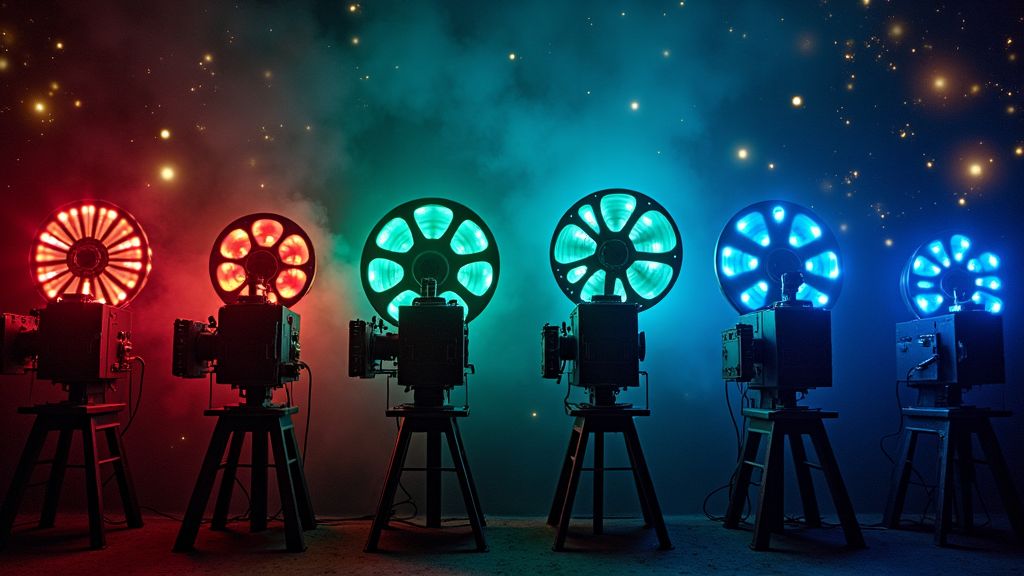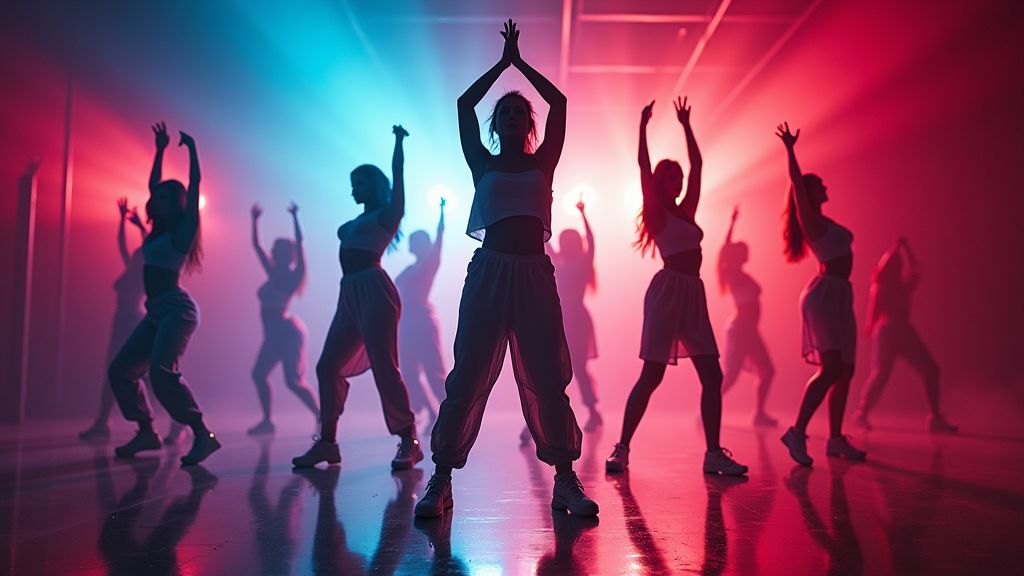The Impact of Streaming Services on Album Art
In the digital age, music streaming services like Spotify, Apple Music, and Pandora have revolutionized how we consume music. With millions of songs available at our fingertips, it’s easier than ever to discover new artists and create personalized playlists. However, one aspect of music that may not immediately come to mind when thinking about streaming services is album art.
The Evolution of Album Art
Album art has a long history dating back to the early 20th century when vinyl records first became popular. The artwork on album covers was often as iconic as the music itself, with artists like Andy Warhol and Peter Blake creating memorable designs. However, with the rise of digital music and streaming services, the importance of album art has evolved.
Changes in Album Art Design
With streaming services, album covers are no longer physical objects that fans can hold in their hands. Instead, they appear as small thumbnail images on a screen, often alongside dozens of other albums. As a result, artists and designers have had to rethink how they approach album art to make it stand out in a digital landscape.
The Rise of Minimalist Designs
One trend that has emerged in response to the shift to digital is minimalist album art. These designs often feature simple graphics or typography that are easily recognizable even at small sizes. Artists like Drake and Kanye West have embraced this trend, opting for clean, bold designs that translate well to streaming platforms.
Incorporating Photography into Album Art
Photography has long played a significant role in album art, capturing the essence of the music and the artist’s persona. Iconic album covers like The Beatles’ *Abbey Road* or Fleetwood Mac’s *Rumours* feature striking photographs that visually define the music within. Today, photography in album art remains influential, often used to evoke a mood, tell a story, or create a personal connection with listeners, despite the shift to digital platforms.
Experimenting with Digital Effects
With advancements in photo-editing software, artists and designers can now push the boundaries of traditional album art photography. Digital effects and overlays allow for surreal, layered images that capture attention on streaming services. Albums like Travis Scott’s *Astroworld* or Billie Eilish’s *When We All Fall Asleep, Where Do We Go?* demonstrate how digital manipulation and photography can create dynamic, memorable covers that resonate in a digital setting.
The Impact of Iconic Covers on Social Media
Social media has breathed new life into album art, making it easy for fans to share and celebrate covers that resonate with them. Many artists now release cover art teasers on platforms like Instagram and Twitter before the album launch, building anticipation. Iconic album covers often take on lives of their own, inspiring memes, fan recreations, and art pieces, further amplifying their reach and impact in the digital world.
Revisiting Retro Aesthetics
In response to the nostalgia trend, many artists are revisiting retro aesthetics for their album art. Photography plays a key role in capturing these looks, with styles inspired by the analog feel of vinyl and film photography from the ’70s and ’80s. Lana Del Rey’s *Norman Fucking Rockwell!* and Harry Styles’ *Fine Line* are recent examples where artists have used vintage-inspired photography to evoke a classic feel that appeals to a modern audience.
The Future of Album Art Photography
As technology advances, the future of album art will continue to evolve, blending traditional photography with digital innovations. Augmented reality (AR) is beginning to make its mark, allowing fans to interact with album covers through their phones, bringing still images to life. These new forms of visual engagement hint at a future where album art photography becomes more immersive, creating a deeper connection between the music and its audience.













